Management - just select the flying targets, so you can also use in multiplayer
The development of the Wasserfahr concept was launched in 1941. The design requirements for the rocket were issued on November 2, 1942. The first model tests of the rocket took place in March 1943, and lasted until February 26, 1945. Development of a rocket of successive modifications of W1, W5, W10 was carried out by the German Air Force in Peenemünde under the direction of Walter Dornberger.
In 1943, the design of the ZUR and the propulsion system was worked out, but the work was delayed due to the lack of a reliable guidance system. In March 1945, rocket tests took place, at which the Wasserfall reached a speed of 780 m / s and a height of 16 km. "Wasserfal" has successfully passed the tests and could take part in repelling the raids of Union aviation.
By May 1945, the Wasserfahr missile was ready for serial production, and deployment was being prepared for combat positions. The plans of the German command envisaged the initial placement of about 200 "Wasserfall" batteries to protect cities with a population of more than 100 thousand people, placing them in three lines at a distance of about 80 km from each other. Then the number of batteries was supposed to be increased to 300, in order to protect the entire territory of Germany from allied aviation attacks. But these plans were no longer destined to come true - there were no factories where mass production of rockets and rocket fuel could be deployed. The Third Reich was defeated, until it surrendered it was a month and a half. Later, the Minister of Armament of the Third Reich, Albert Speer, in his memoirs on this project wrote:
Post-war reports that the Wasserfal missile were used in a combat situation were erroneous. The found protocols of 40 experimental launches indicate that only in 14 cases missile launches were "quite successful"
Specifications
General Characteristics
- Created On Windows
- Wingspan 159.4ft (48.6m)
- Length 89.4ft (27.2m)
- Height 29.1ft (8.9m)
- Empty Weight 2,169,323lbs (983,989kg)
- Loaded Weight 2,183,435lbs (990,390kg)
Performance
- Wing Loading N/A
- Wing Area 0.0ft2 (0.0m2)
- Drag Points 42700
Parts
- Number of Parts 964
- Control Surfaces 0
- Performance Cost 3,161

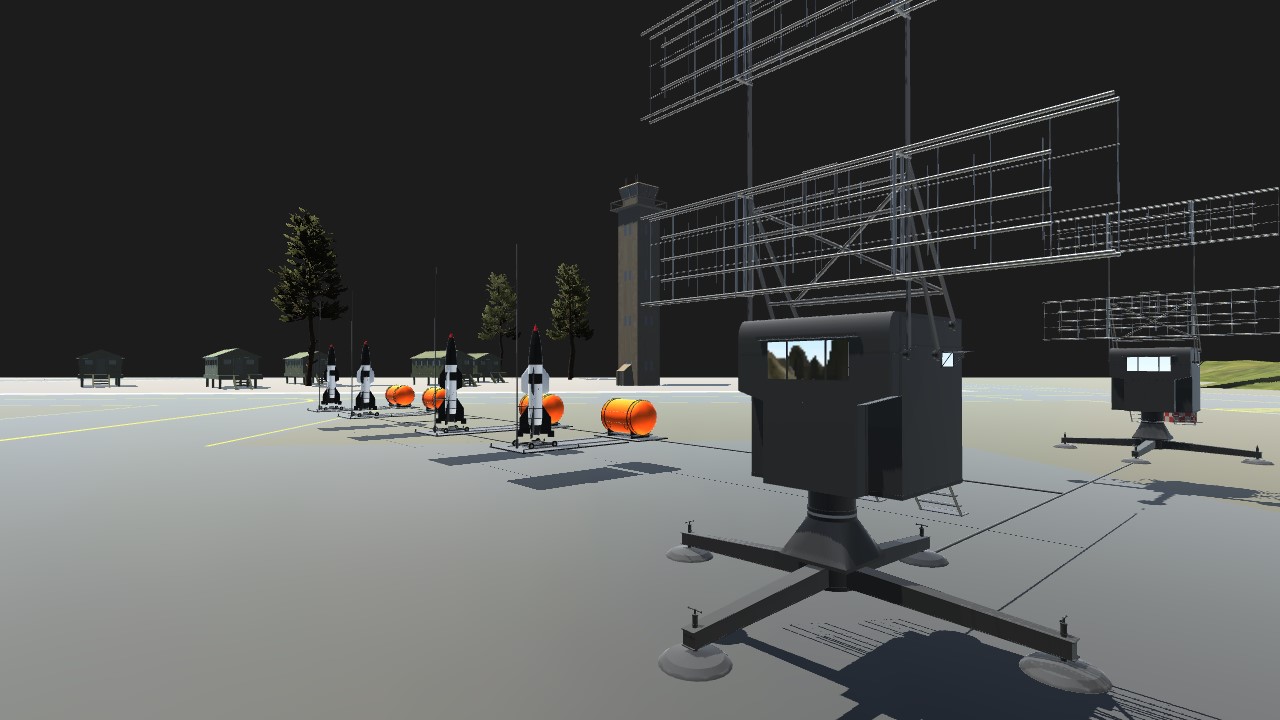

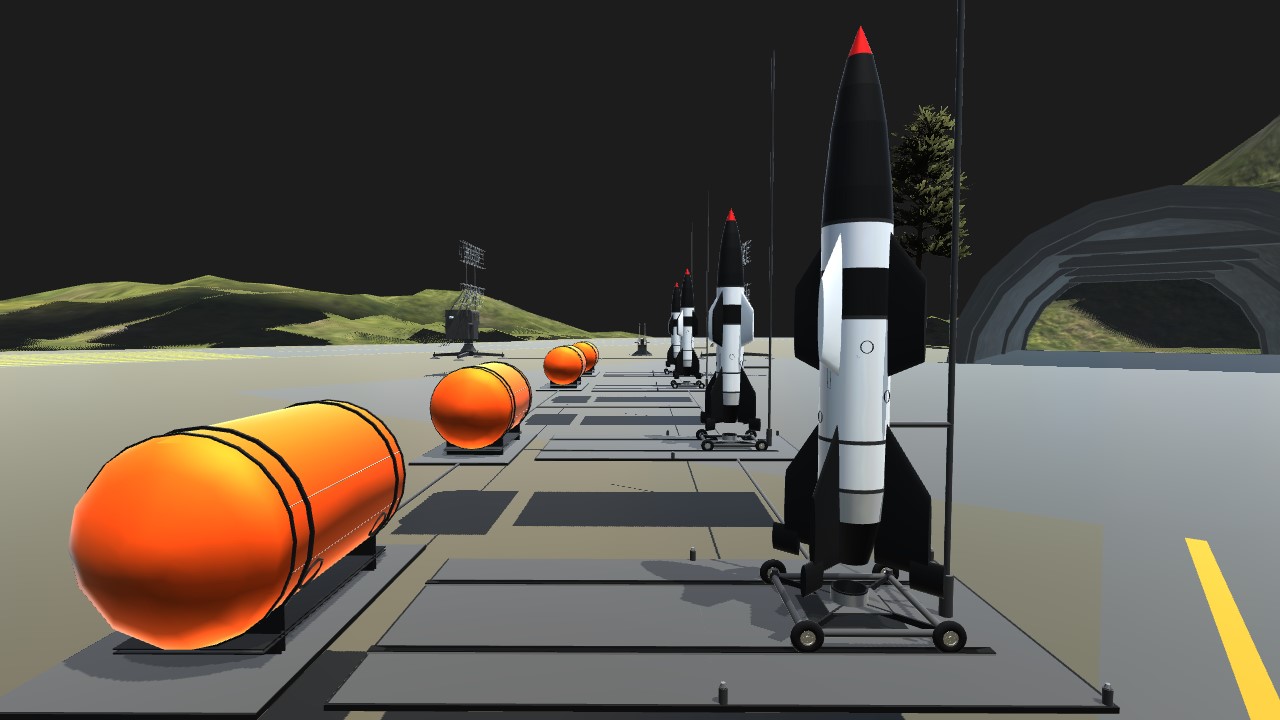
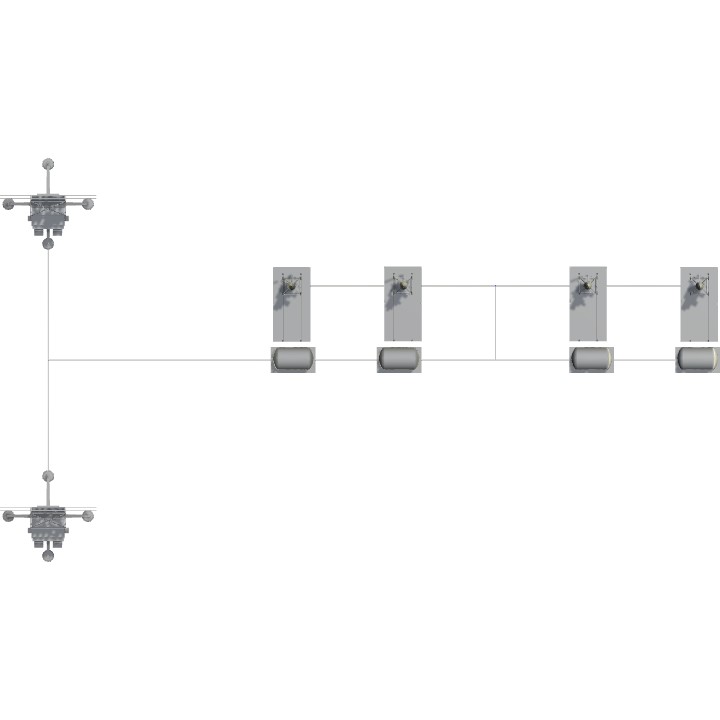
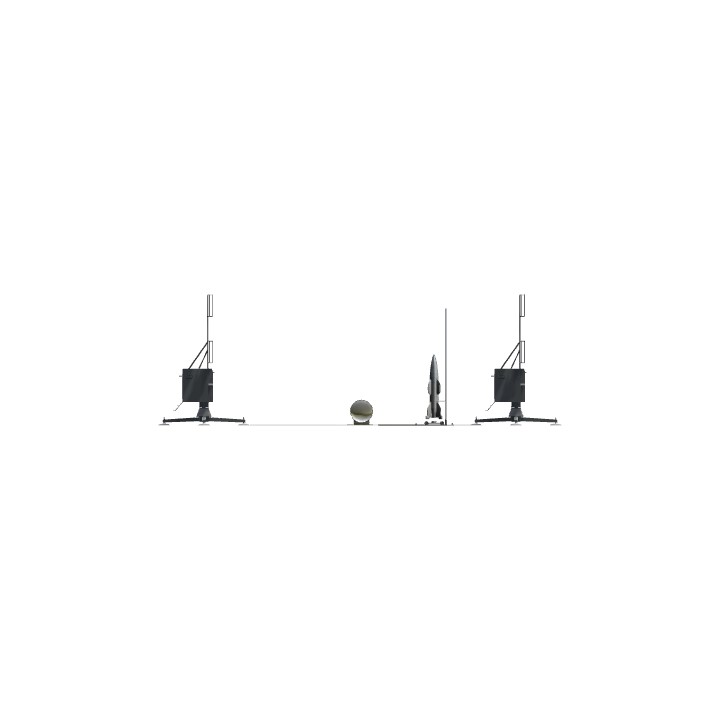
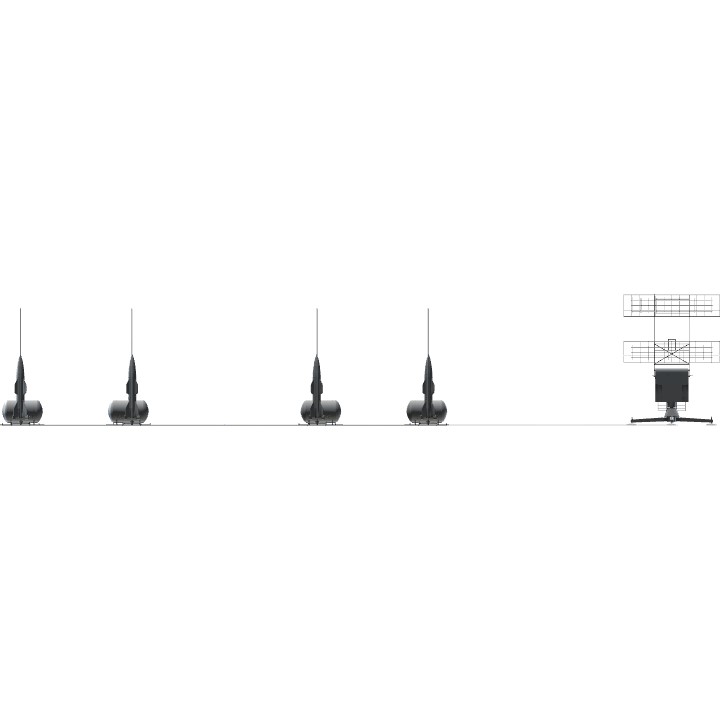
0/10 cause not mobile friendly
How did you make a cleaver air to air and instant lcok??????????
great build btw!!! :)
Really love it
Ps, when you give it to AI to control it stops time in the game.
Lol I’m fluffing dumb sorry@Blue0Bull
How do u use this
Ахуеть.